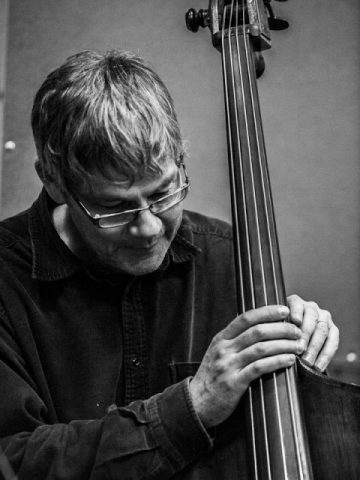Music of the People
Samba is a Brazilian music style of infectious rhythm and complex origins. It developed as urban music in the late 19th and early 20th centuries in the favelas, or slums, of Rio de Janeiro. Its roots, however, trace back hundreds of years to customs and traditions brought to Brazil by African slaves. Many of these slaves first came to Bahia, a region in northeastern Brazil along the Atlantic Ocean. Bahia, first settled by people of Portuguese descent, became an important area for growing sugarcane between the years 1500 and 1700. Vast cane plantations developed, and traders forcibly brought peoples from Africa to Bahia to work on the plantations and harvest the crops.
So, samba is considered music of the common people. Its roots come from old Bahian music and dance styles, like the lundu and jongo, which connect back to the African slaves. When descendants of these men and women moved to Rio, most of them settled in specific neighborhoods in the favelas, bringing their distinctive music with them. The original form of samba is called samba de morro (morro means hill, and alludes to the slums located on Rio’s hillsides). It usually includes an improvised verse sung by a soloist, followed by a choir.
Growing Popularity
Much like the beginnings of jazz in America, when samba first developed in Brazil, it was looked down upon by the middle and upper classes as uncivilized and wild. Eventually, though, everyone became captivated by it. Many early samba composers were anonymous, but as the music’s popularity increased, composers and musicians became stars. They were aided by two technologies that enabled samba to be heard throughout America: the development of LP records and radio.
In the 1920s, samba became increasingly radio-friendly, with more melody than percussion. It also developed a different format, featuring an instrumental intro, then a verse and chorus, and finally, a choro band (which plays an improvised style similar to ragtime). This variation evolved into a new type of samba, called a samba-canção, which is slower and almost always romantic in nature.
Samba is festive dance music and it is used in many types of ways. For example, it plays a huge role in Brazilian Carnival celebrations. Like Mardi Gras in New Orleans, Carnival is a huge party that takes over the streets in the week or so leading up to Lent. As an outgrowth of samba’s connection to Carnival, samba schools developed in Rio, dedicated to performing samba and dancing during the festivities. These schools are very similar to clubs, where people gather, rehearse, and prepare elaborate musical presentations for Carnival. The first samba school opened in 1928, and more than 100 of them exist today.
